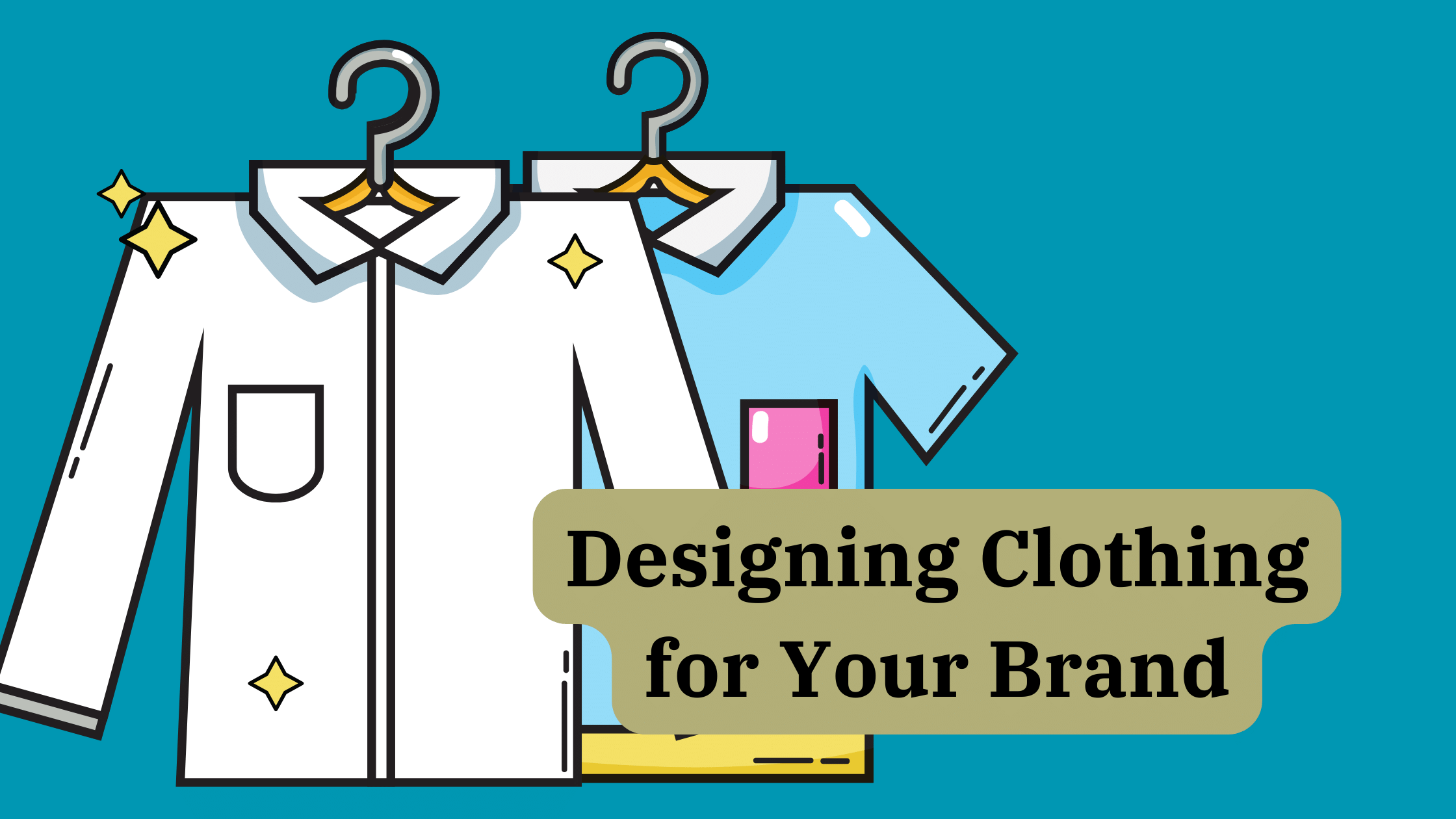
Designing clothing for your brand is an exhilarating journey that allows you to bring your vision to life. From idea generation to the creation of samples, this process requires meticulous planning and attention to detail. In this article, we will explore the stages involved in designing clothing for your brand, taking into account factors such as market research, trend analysis, fabric selection, and production.
Stage 1: Conducting Market Research
Before diving into the design process of how to start clothing brand, it is essential to conduct market research. This involves studying and understanding your target audience’s preferences and needs while also keeping an eye on the market trends. By analyzing competitors’ strategies, you can identify opportunities to stand out with designs and styles that truly resonate with your customers.
Stage 2: Idea Generation and Sketching
Once thorough market research has been completed, it is time to unleash your creativity in the design phase. This stage entails brainstorming ideas, conceptualizing designs that align harmoniously with your brand’s identity, and translating those concepts into sketches. Striking a balance between creativity and practicality is crucial during this stage as you consider the feasibility of production down the line.
Stage 3: Incorporating Fashion Trends
While maintaining the authenticity of your brand is vital, it is equally important to incorporate fashion trends into your designs. By staying attuned to prevailing fashion trends while staying true to your brand’s essence, you can create timeless and relevant garments in today’s evolving fashion landscape.
To stay updated with the fashion trends that resonate with your target audience, it’s essential to keep an eye on fashion shows, magazines, and social media platforms. By combining these trends with your vision in a sophisticated manner, you can create clothing pieces that appeal to modern consumers.
Stage 4: Selecting the Right Fabrics
The process of choosing fabrics is crucial because it impacts the quality and feel of your garments. Take into consideration the comfort preferences of your customers – whether they prefer cotton for wear or luxurious materials for formal attire. It’s also important to select materials that align with the functionality of each garment. For example, activewear requires moisture-wicking fabrics, while tailored suits demand high-quality materials.
Stage 5: Developing Samples
Once you have finalized your designs and fabric selections, it’s time to develop samples. This allows you to evaluate the feasibility of production and make any adjustments. Creating samples also provides an opportunity to receive feedback from customers, which can further guide your decision-making process. Keep in mind that clear communication with manufacturers is vital during this stage to ensure a translation of your design concepts into garments.
Stage 6: Collaborating with Manufacturers
Collaboration with manufacturers or production partners plays a role in bringing your clothing designs to life on a scale.
It’s crucial to select manufacturers who have experience in producing clothing items to your designs while adhering to quality standards. Maintaining clear communication throughout the production process is essential for achieving outcomes.
Stage 7: Quality Control and Testing
Before launching your clothing line, it is important to conduct quality control procedures. This involves testing the durability, fit, and overall craftsmanship of each garment. By implementing quality checks, you can assure customers that they will receive high-quality products that meet their expectations.
Stage 8: Branding and Marketing
Designing clothing for your brand goes beyond creating garments. It is vital to establish a brand identity and develop marketing strategies to promote your clothing line among your target audience. This stage includes defining your brand values, crafting a brand story, designing a logo and packaging, launching an engaging website and social media platforms, and implementing diverse marketing tactics like influencer collaborations, content creation, and targeted advertising campaigns. By investing time and effort into branding and marketing endeavors, you can establish brand recognition and loyalty, which ultimately leads to sales growth for your clothing brand.
Conclusion
Always remember that designing clothing goes beyond creating pieces; it involves truly understanding your target audience and providing them with garments that not only inspire but also fulfill their needs. So approach this journey with seriousness, continuously learn and experiment, and adapt as necessary along the way- all while staying true to the identity of your brand. The outcome will be a collection of designed clothing items that gracefully embody the essence of your brand in a fashionable and genuine manner.